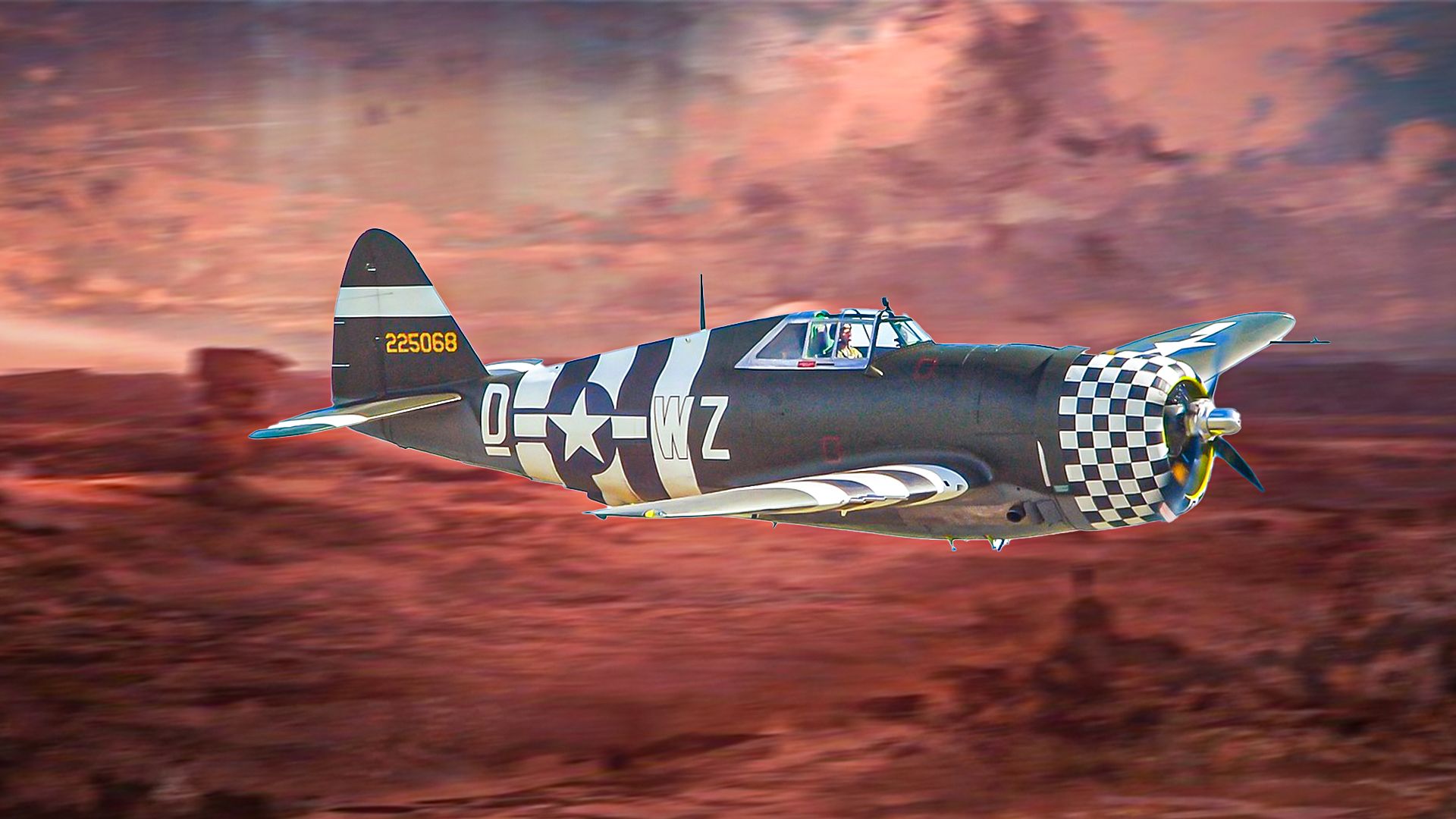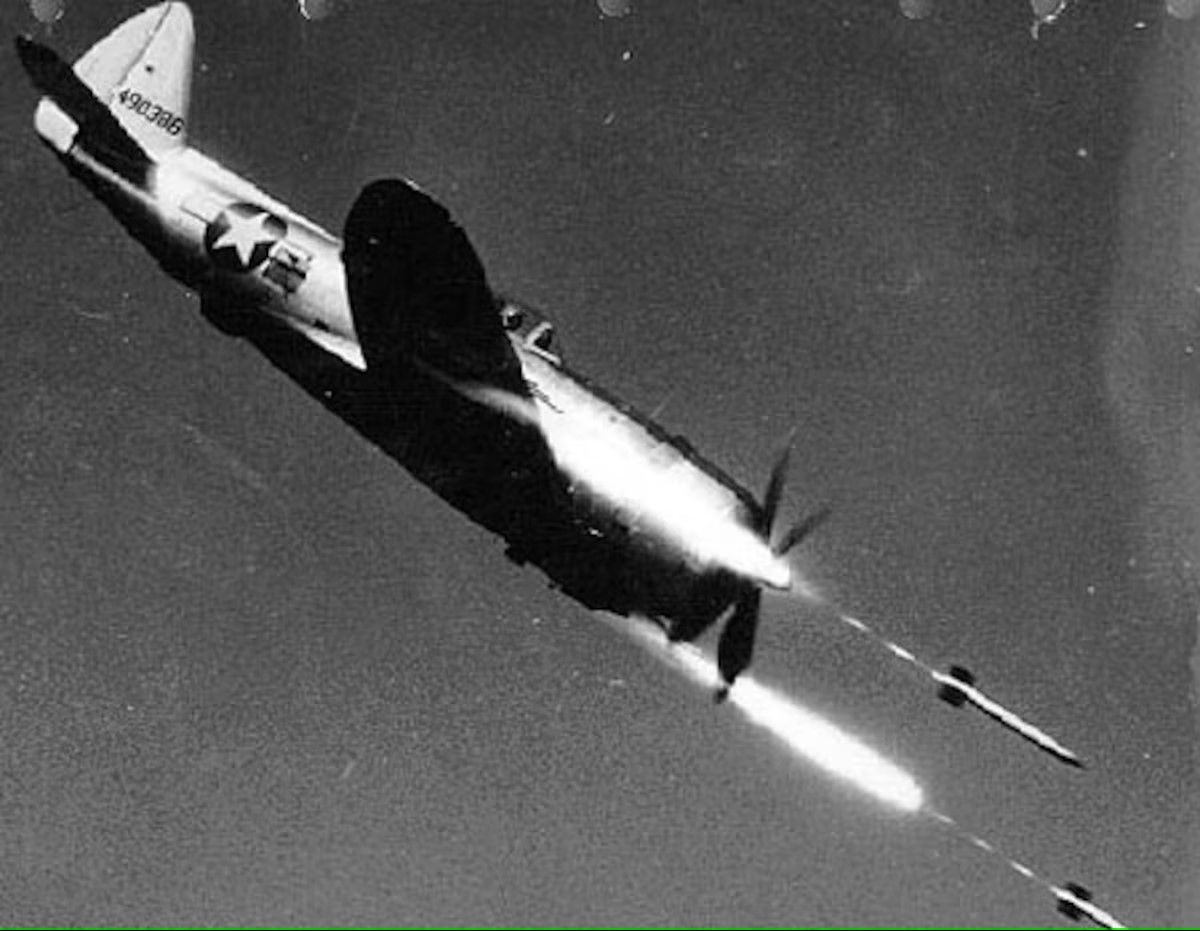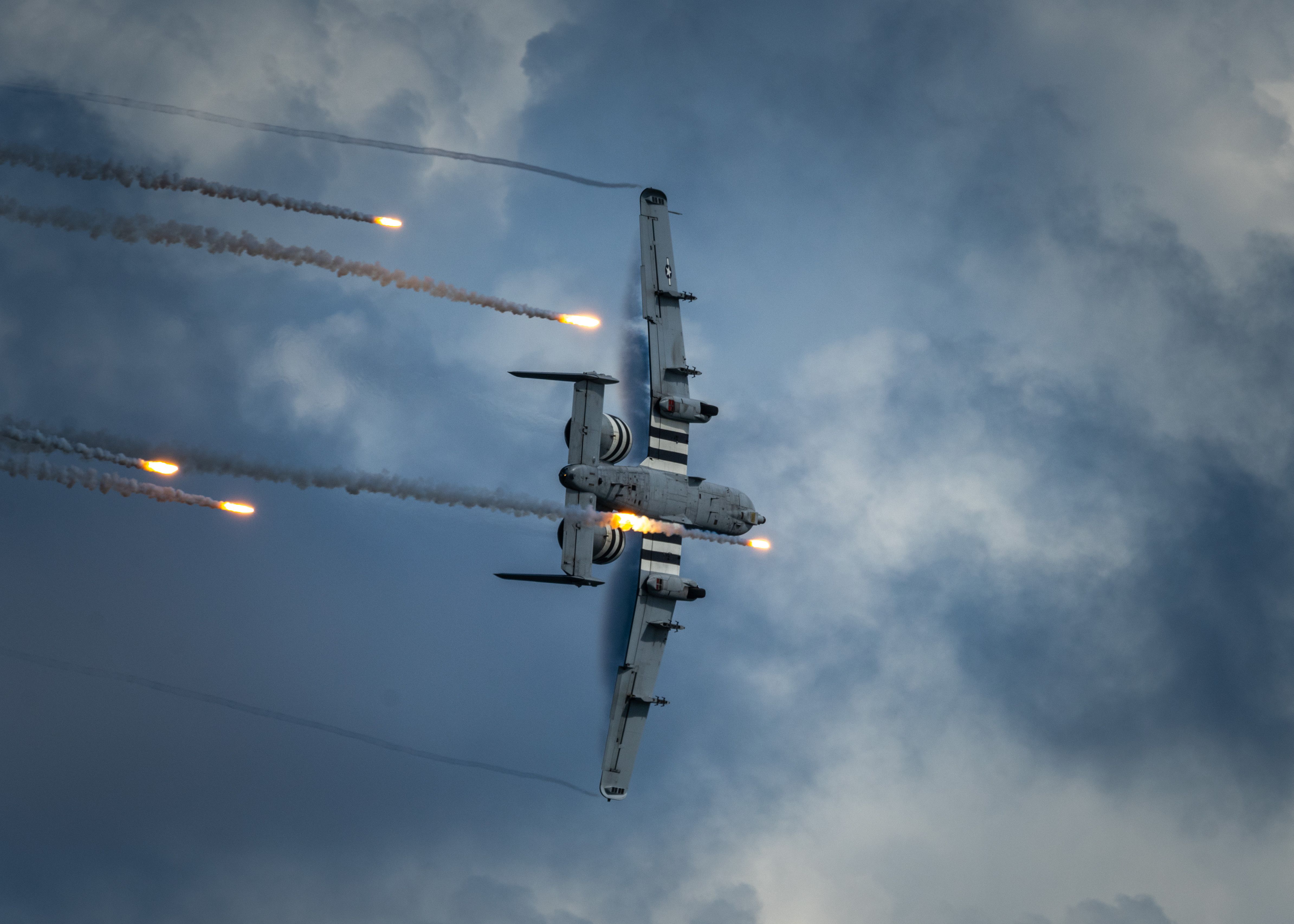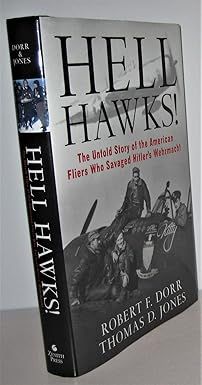Summary
- The Republic P-47 Thunderbolt played second fiddle to the P-51 Mustang in WWII combat history.
- The P-47 was a tough and durable fighter with a low loss rate and impressive combat performance statistics.
- Top American aces like Col. Gabby Gabreski and Lt. Col. Bob Johnson achieved aerial victories in the P-47 Thunderbolt.
In the annals of American WWII combat fighter plane history. The North American P-51D Mustang is typically assessed as the game changer in the Western European Theater of Operations, and understandably so, as she was indeed the fighter plane that was able to finally provide full mission-length to the B-17 Flying Fortress and B-24 Liberator heavy bombers as they took their strike packages to the industrial heart and guts of Nazi Germany. In the process, the Republic P-47 Thunderbolt (AKA “Jug,” “T-Bolt,” “Flying Bathtub”) typically plays second fiddle to the Mustang.
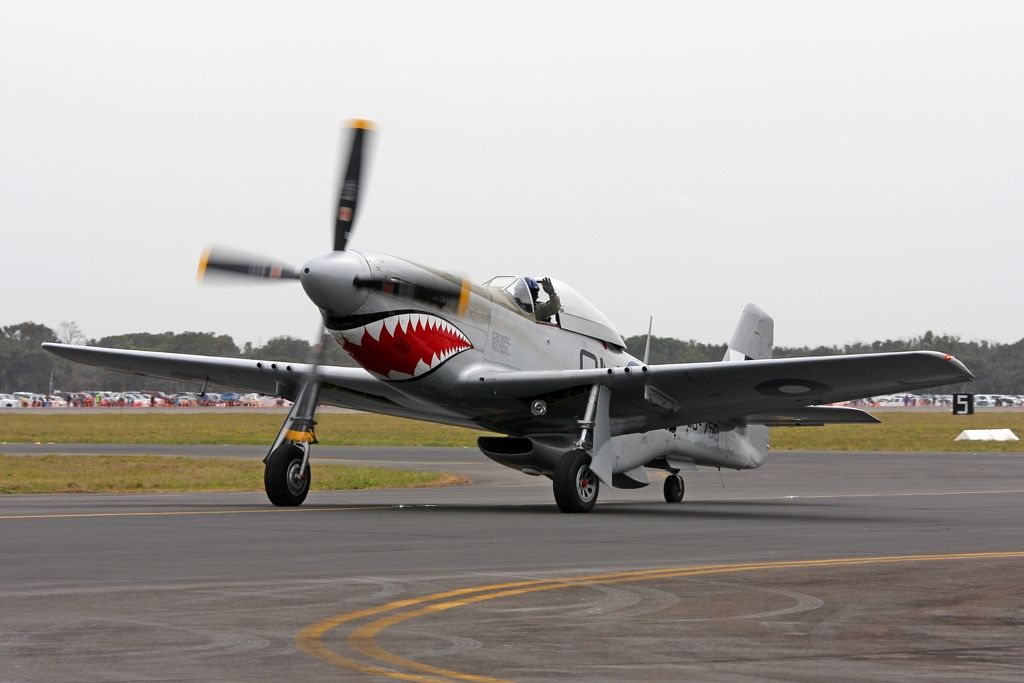
Related
The Top 5 US Air Force Aircraft Of The 2nd World War
Most of these aircraft became the primary combat aircraft for global air forces during World War II.
The lack of a standalone article on the “T-Bolt” within the (virtual) pages of Simple Flying is proof of this second fiddle status (though in fairness the author of the above-linked Simple Flying article does rank the P-47 as #3 on his list). Well, it’s time to give the “Flying Bathtub” her moment in the SF sun, especially in light of the fact that not just one but indeed *both* of America’s top two aces in Europe during that conflict.
For clarification, whilst America’s top two aces *in Europe* flew the P-47, America’s *overall* top two aces (both in WWII and all-time history) both flew the Lockheed P-38 Lightning (namesake of the F-35 Lightning II): Major Richard Ira “Dick” Bong (40 aerial victories) and Maj. Thomas Buchanan “Tommy” McGuire Jr. (38 kills).
P-47 Early history and specifications
The Republic P-47 Thunderbolt made her maiden flight on May 6, 1937 – a mere 7 months before America’s entry into WWII, and by sheer coincidence, the fourth anniversary of the Hindenburg disaster – and was officially introduced into U.S. Army Air Forces (USAAF) service in November 1942.
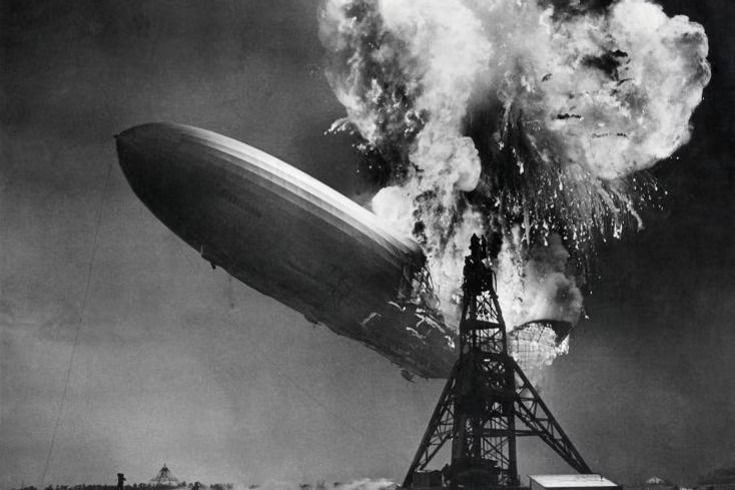
Related
87 Years Ago Today: The Hindenburg Disaster Still Resonates
The zeppelin Hindenburg exploded on May 6, 1937. What caused it, and what was its impact on the future airship travel?
This behemoth of a fighter plane was built by Republic Aviation (now known as M7 Aerospace LLC, in turn, a wholly-owned subsidiary of Elbit Systems of America LLC). If that name pairing of “Thunderbolt” and “Republic” sounds strangely familiar to you, there’s a good reason for it: in 1971, the company became known as Fairchild Republic and began designing the A-10 Thunderbolt II, which everybody knows and loves by the unofficial nickname of “Warthog.” In other words, in that 30-year span from 1941 to 1971, Fairchild went from this:
…to this:
Photo: US Air Force
As for specifications, here are some facts & figures courtesy of David Kindy of Smithsonian Magazine:
“Weighing 10,000 pounds [4535.9 kg] empty, the Thunderbolt was the largest single-engine fighter built by any country during World War II. Fully loaded with pilot, fuel and armaments, it topped out at more than 17,500 pounds [7,937.8 kg]—yet was exceptionally fast as a fighter-bomber, achieving a top speed of 426 miles per hour [685.5 km/h; 370.1 kn]. It was arguably the best ground-attack aircraft America had at that time.”
Armament consisted of eight Browning M2 “Ma Deuce” .50 caliber (12.7 mm) machine guns, 2,500 lb (1,100 kg) of bombs, and ten 5-in (127 mm) HVAR unguided rockets.
Addition figures come from that above-cited Simple Flying article:
- Length: 36 ft 1 in (11.02 m)
- Wingspan: 40 ft 9 in (12.43 m)
- Height: 14 ft 8 in (4.472 m)
- Range: 1,030 mi (1,660 km, 900 nmi)
Overall Combat Performance
“Don’t give me an old Thunderbolt. / It gave many a pilot a jolt. / It looks like a jug and flies like a tug, / Don’t give me an old Thunderbolt.”
That humorous musical jibe at the “Jug” notwithstanding, her combat performance was exceptional. According to Mr. Kindy, this mighty warbird flew more than half a million missions and dropped 132,000 tons of bombs. Thanks largely to its incredible ruggedness, she had an exceptionally low rate of loss—.07 per mission—while Thunderbolt drivers tallied up an enviable 4.6-to-1 air-to-air kill ratio. Of the 15,683 P-47s built between 1941 and 1945, only 3,499 were lost in combat. Those figures become even more impressive when you factor in that the P-47 even performed well against the Luftwaffe’s then-newfangled Wundwerwaffen (“wonder weapon”) jets, downing 20 Messerschmitt Me 262 Schwalbe (“Swallow”) jet fighters and four Arado Ar 234 Blitz (“Lightning”) jet bombers.
As for Mr, Kindy’s statement about the “Flying Bathtub” being “the best ground-attack aircraft America had at that time?” That’s backed up by a dearly departed friend of mine, the late great aviation historian Robert F. “Bob” Dorr (arguably second only to the late Martin Caidin as America’s most prolific military aviation author), who noted in his superb 2008 book “Hell Hawks!: The Untold Story of the American Fliers Who Savaged Hitler’s Wehrmacht” that P-47s belonging to units such as the such as the 365th Fighter Group and the 405th Fighter Group rained absolute hell (pun intended vis-à-vis the title of Bob’s book) upon the ground components of Nazi Germany’s war machine, destroying an absolutely mind-blowing 86,000 railroad cars, 9,000 locomotives, 6,000 armored fighting vehicles, and 68,000 trucks!
Regarding the plane’s toughness and durability, David Kindy quotes Jeremy Kinney, curator and chair of the aeronautics department at the Smithsonian’s National Air and Space Museum:
“It was not as famous as the P-51 Mustang, but it ranks as one of the best for that era. The Thunderbolt was the hammer: big and strong, it could take a lot of punishment and still deliver a lethal blow.”

Related
Top 5 Can’t Miss World War 2 Fighter Planes On Display At The Smithsonian Museum
The Smithsonian has many iconic American WWII aircraft on display from massive strategic bombers to humble biplane trainers.
More on this in a bit…
Individual Combat Performance #1: Col. Francis S. “Gabby” Gabreski
Francis Stanley “Gabby” Gabreski (born Franciszek Stanisław Gabryszewski) was born on January 28, 1919 in Oil City, Pennsylvania, the son of Polish immigrants; his father, Stanisław “Stanley” Gabryszewski, owned and operated a market, working 12-hour days. . He joined the U.S. Army Air Corps in 1940 whilst in his sophomore year at the University of Notre Dame, yet, shockingly (with the benefit of 20/20 hindsight, that is), according to his official U.S Air Force bio:
“Francis ‘Gabby’ Gabreski almost didn’t make it through flight school. Almost 12 years later, he would become the first Air Force fighter pilot to become an ace in both World War II and the Korean conflict….But first he had to earn his wings. An uneasy pilot at best, Gabreski didn’t get along with his instructor at Parks Air College, a civilian program the Army used for its novice cadets in 1940. He knew he wasn’t progressing as quickly as other students in the Stearman PT-17 biplane, but managed to survive an “elimination flight” conducted by Capt. Ray Wassel, an Army pilot. Wassel told him to step into the plane and give it his best. He flew well enough for Wassel to conclude that he was a marginal pilot, but could probably do better with a new instructor. He was right.”
All’s well that ends well, however, and Gabby’s story was a true testament to the power of perseverance: he nabbed his first confirmed kill — a German Focke-Wulf FW 190 — on August 24, 1943, and as you’ve probably figured out by now, he ended up as the top-scoring U.S. fighter pilot in the European Theater of WWII. Growing up in the 1980s, I’d read that Col. Gabreski scored a total of 31 aerial victories, but both the USAF bio and Mr. Kindy list his final score at 28 kills (perhaps those other three were destroyed on the ground?). Whatever the number, all of those victories were scored at the controls of the P-47.
As an additional testament to Gabby’s perseverance and dogged determination, he flew a total of 266 combat missions and survived both a crash landing and internment in a German POW camp…and from there went on shoot down six more aircraft in Korea (this time flying an F-86 Sabre, not a T-Bolt), becoming one of only seven American pilots to be an ace in two wars!
Last but not least, whilst serving with the legendary 56th Fighter Group — which was the only 8th Air Force unit still flying the Thunderbolt instead of the Mustang by the end of the war — Gabreski served alongside the next deadly gentleman on our list.
Francis S. “Gabby” Gabreski passed away on January 31, 2002 (three days after his 83rd birthday), of an apparent heart attack. He was buried with full military honors at Calverton National Cemetery in Calverton, New York.
Individual Conbat Performance #2: Lt. Col. Robert S. “Bob” Johnson
Robert Samuel “Bob” Johnson was February 21, 1920 in Lawton, Oklahoma; his father was an an automobile mechanic, which perhaps at least partially accounts for Bob’s own eventual mechanical prowess.
Johnson enlisted in the U.S. Army Air Forces (USAAF) in the summer of 1941, completed his flight training on June 28, 1942, and was commissioned as a 2nd Lieutenant on July 9, 1942. Interestingly enough, he initially wanted to go the bomber route instead of the fighter route, and requested transition training in the Douglas A-20 Havoc. As good fortune would have it, Bob instead received orders to report to the aforementioned 56th Fighter Group, thus ending up a battle buddy of Gabby Gabreski. Indeed, then-Maj. Gabreski was Lt. Johnson’s squadron commander!
Johnson scored his first aerial victory on June 13, 1943…and from there went on to make history as the first USAAF fighter pilot in the European theater to surpass Eddie Rickenbacker’s World War I score of 26 victories.
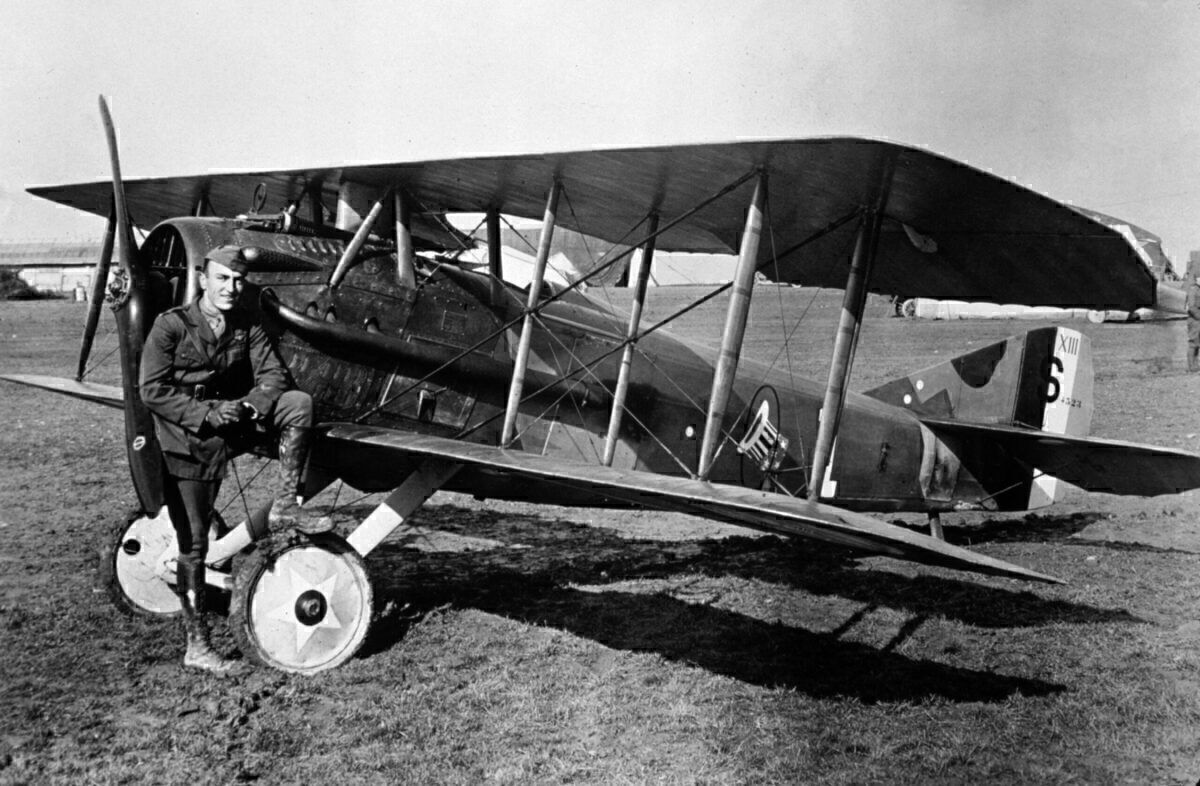
Related
Eddie Rickenbacker’s Impressive Journey To Lead Eastern Air Lines
The Cradle of Aviation Museum info page elaborates:
“Robert Johnson would go on to shoot down 28 (revised down to 27 after the war) German fighters, with 6 probables and 4 more damaged. After the war, Luftwaffe records indicated that Johnson might have shot down as many as 32 German fighters. Johnson flew 91 combat missions. On those missions, he encountered German fighters 43 times. In 36 of the 43 encounters, Johnson fired his guns at the enemy. A result of those 36 instances where he fired on German aircraft, 37 of those aircraft were hit; with as few as 27 or as many as 32 going down. **Rather impressive for a pilot who flunked gunnery school**.[emphasis added]
Just as with Gabby Gabreski, all of Bob Johnson’s WWII kills were scored in a Thunderbolt. As far as the 27 vs. 28 victory tally discrepancy, that stems from a post-war review which discovered that the 8th Air Force had inadvertently switched credits for a solo kill he made with a double kill made by a fellow 56th Fighter Group pilot and fellow “R. Johnson,” Ralph A. Johnson, on November 26, 1943, a day when Robert Johnson aborted the mission after takeoff. (To add to the confusion, the two R. Johnsons’ Army serial numbers were also nearly identical, O-662216 and O-662217!).
As remarkable as Bob. Johnson’s aerial victories are, his survival story is arguably even more remarkable, which brings us back around to the discussion of the T-Bolt’s toughness. One day, Johnson ran afoul of an FW 190 piloted by Luftwaffe ace Oberstleutnant (Lt. Col. Egon Mayer (who ended the war with 102 kills). Mayer rained hellfire and brimstone upon Johnson’s T-Bolt, **expending the 190’s entire ammunition allotment**, yet both Johnson and his plane returned safely to base and lived to tell the tale! According to Real History:
“Mayer scanned the length of the Thunderbolt before shaking his head in astonishment that the thing was still in the air. Making eye contact with Johnson, Mayer waved his hand before peeling away.”…
…”Slivers of lead from bullets and cannon shells were embedded deeply in both hands and two .30-calibre bullets had inflicted flesh wounds on his right thigh … Johnson initially tried to count the number of bullet holes but gave up after the tally passed 200 – without even moving around the plane.”
For an even more harrowing, minute-by-minute, blow-by-blow account of Bob Johnson’s ordeal, I highly recommend you read his autobiography “Thunderbolt!: An Extraordinary Story of a World War II Ace,” co-authored with (or perhaps more accurately, ghost-written by?) the aforementioned Martin Caidin.
After the war, Johnson became the chief test pilot for Republic Aviation (appropriately enough), serving with that company for 18 years, and served as national president of the Air Force Association from 1949 to 1951, retiring from the U.S. Air Force Reserve in 1962 with the rank of Lieutenant Colonel. He passed away on December 27, 1998, at the age of 78, and was buried with full military honors at the cemetery of River Hills Community Church in Lake Wylie, South Carolina.
Where are they now? (The planes, that is.)
The U.S. Air Force retired the plane in 1949 and the Air National Guard (ANG) followed suit in 1953; but remarkably, the Peruvian Air Force kept the big “Jug” in service until 1966.
A goodly number of static display P-47s survive today, and, at last count. there are 15 airworthy Flying Bathtubs still left; one in the UK with Duxford Aerodrome in Cambridgeshire, and the remainder in the U.S. Among these, the three with the most catchy nicknames are:
- Registration No. 44-32817 Balls Out – based at Fagen Fighters WWII Museum, in Granite Falls, Minnesota;
- Reg. No. 44-90438 Wicked Wabbit – based at Tennessee Museum of Aviation in Sevierville, Tennessee;
- Reg. No. 44-90460 Hun Hunter XVI – based at Tennessee Museum of Aviation in Sevierville, Tennessee

